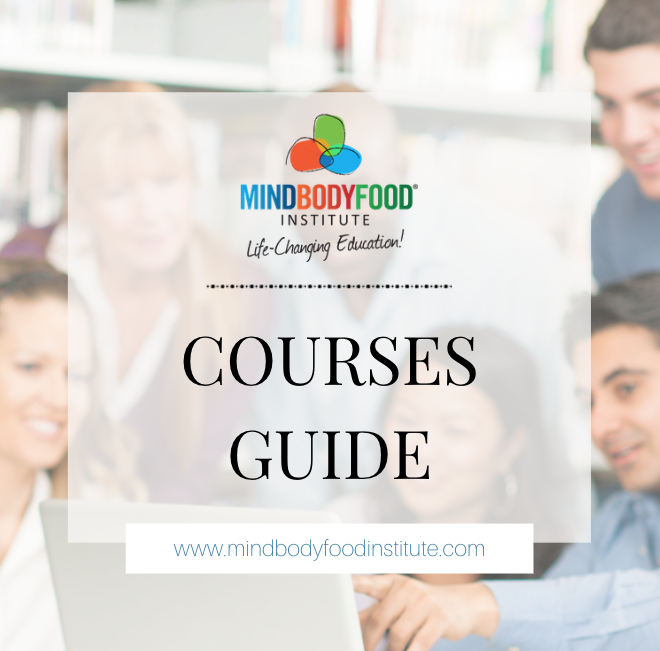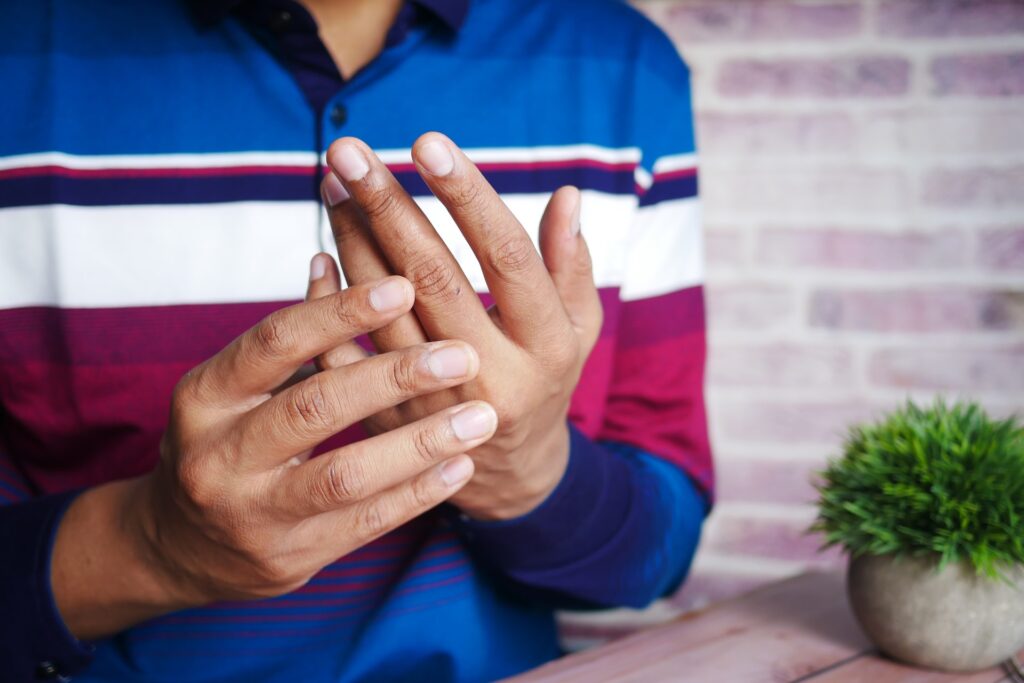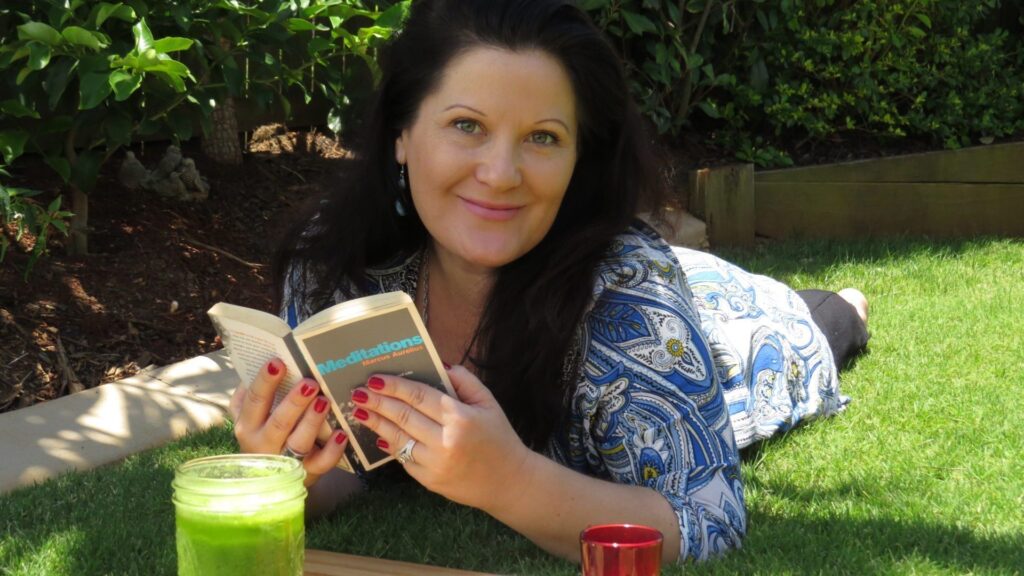We’ve all been there some time or other: we get injured or start experiencing some form of pain, and the people around us will all come up with their own suggestions, sometimes even with a full retelling of their own painful experience;
“Don’t carry too much weight!”, “Be careful at the gym!”, “it took very long to get better after I got that”, or, the worst of the worst: “Your pain might be chronic”.
Well-intentioned as it may be, what most of us fail to recognize when we get this sort of advice is the impact that it can have on our minds, and eventually on our own physical reality. Having introduced the possibility that pain is likely and imminent, it is very possible that people who have been subject to such a warning, and who are already in a state of stress or fear of re-injury, will experience the pain again.
I remember very clearly the day when a nerve specialist warned me not to climb or do any kind of sports anymore because I had severe nerve pain, even though the tests didn’t reveal anything serious. “Don’t climb ever again” was his final warning as I walked out of his clinic, attempting to run away from these dreaded words. Rock climbing was my passion, part of my identity, and I didn’t want to believe him.
But still, at the time I still considered a medical professional’s advice as ‘the absolute truth’, and the next time I simply held on to a rock for a couple of seconds, the shooting pain that I experienced was almost unbearable – it was like my nerves had become electrified!
What happened to me at the time, which is so common among chronic pain sufferers, is the opposite of what we know as the Placebo Effect;
While a Placebo works by implanting the suggestion in a person’s mind that a drug or treatment might work effectively, the Nocebo comes into effect when the possibility for further pain or illness is foreseen. The mind absorbs the suggestion that healing might not take place, and the more suggestible a person is, the stronger its hold will be.
How health professionals contribute to the Nocebo effect
Not surprisingly, the Nocebo effect works particularly well when we get the ‘bad news’ from a doctor or health professional, as was the case with me. This is because if we respect a person’s opinion and hold him as an authority on the subject, we accept it as our truth much more readily, and therefore it becomes much more likely for the expected result to take place:
In his book, You Are the Placebo, Dr Joe Dispenza illustrates a number of studies on the subject. Among them, he mentions a 1962 study conducted on Japanese children who were allergic to poison ivy. The children’s forearm was rubbed with a real poison ivy leaf, but they were told by the medical personnel that the leaf was harmless. Then, their other forearm was rubbed with a harmless leaf, but this time they were told that this was in fact poison ivy.
Surprisingly, all 13 children developed a rash on the arm rubbed with the harmless leaf, whereas 11 out of 13 children didn’t develop a rash on the arm rubbed with the actual poison ivy!
I find that Dispenza’s question, which he poses on after he relates this and other similar studies, introduces a wonderful degree of hope, especially for chronic pain patients:
The Nocebo, the Placebo and Chronic Pain
So how does the Nocebo Effect relate to chronic pain? Unfortunately, the link between the two is a cruel reality that a lot of pain sufferers are unaware of. Especially if the pain is dubbed as ‘chronic’ by a medical professional, the Nocebo Effect can continue its relentless rule. One very sad example is the case of fibromyalgia sufferers; having been told that ‘there is no cure’ for the condition, sufferers adopt this as their truth, and continue to ‘expect’ pain throughout their lifetime.
This is not to say that the pain is in their heads, however. What the Nocebo Effect does in the case of chronic pain is help with the formation of neural pathways in the brain that lead to a reaction in the body which causes very real pain. For this reason, the pain is ‘not all in your head’, but is actually a physical manifestation that follows a subconscious thought or belief. You can compare it to salivating at the thought of food even when there is no food – a physical, automatic reaction to an emotional stimulus, expectation or ingrained belief.
On the contrary, the Placebo effect may lead to complete healing even if no drug or surgery is involved.
This was proven thanks to a variety of sham surgeries conducted on chronic pain patients, including the 2002 study by the Baylor College of Medicine, which involved 60 people with osteoarthritis in their knees. These patients were divided into three groups; two of these groups had two different kinds of arthroscopic knee surgery, while the other was given a sham surgery, involving incisions on their knees with no actual surgery.
A year later, “all three groups reported equal amounts of improvement in pain and function—and the same held true two years after surgery.”
Does this mean that these people didn’t have osteoarthritis to begin with? The answer is probably no. They did have osteoarthritic knees, but this didn’t have to hurt.
It is similar with regard to a lot of structural conditions we are diagnosed with: muscle imbalance, herniated disks, scoliosis: our bodies are not structurally perfect, but these structural abnormalities may still not be the cause for our pain.
The real danger strikes when professionals tell us that they really are the true sources of pain, planting the seeds in our minds that our bodies are ‘weak’ and prone to further pain or injury.
This is what makes our pain chronic more often than not, especially if we’re already in a state of emotional imbalance or stress, which makes our brain even more suggestible to the Nocebo Effect. As Steve Ozanich puts it:
Overcoming the Nocebo Effect through the TMS approach
My own chronic pain persisted until I discovered that what I was actually suffering from was TMS (Tension Myositis Syndrome). This is a condition discovered by an American Professor of Rehabilitation Medicine called Dr Sarno, after years of unsatisfying results with chronic back pain patients.
Doctors had already sent me to get diagnosed for fibromyalgia because my pain clearly corresponded to fibro symptoms. I was very lucky to discover Dr Sarno and the TMS approach before I got my diagnosis confirmed, before I decided to join one of the several support groups where members compare symptoms, rate meds and vent about their pain without ever envisaging the possibility for complete healing, thus sending themselves on a continuous downward spiral of permanent pain. According to Dr Sarno, fibromyalgia is but one extreme form of TMS, and if looked at from that angle, the pain will make incredible sense.
If you read up on Dr Sarno and TMS, you’ll learn a new way of understanding chronic pain, as a kind of pain that manifests as a result of deeply repressed emotions or high levels of stress and which becomes chronic because we start fearing or believing that it will never go away. Once you start seeing your pain for what it really is, and learn the true distinction between acute and chronic pain, you’re on your way to complete healing.
But for true healing to occur, you need to stop fearing the pain and any warnings that trigger the Nocebo effect, because when we fear a certain kind of pain we are strengthening the neural connections associated with that pain, and so the cycle of chronicity continues.
The Nocebo Effect is only part of the puzzle when it comes to healing from chronic pain. The TMS approach addresses other aspects, especially related to a person’s personality and other thought patterns that contribute to pain. Part of my job as a Pain Coach is to insist that the condition is much more common than people think it is, and that it can effectively treat a variety of pain symptoms, in fact, almost all chronic pain symptoms that are not a result of infection, acute injury or disease.
If the pain has persisted for over 6 months, if there are changes in intensity during the day or week, and if it tends to change location and recur on both sides of the body, then there is a very strong likelihood that it is none other than TMS.
So do you still think that you’ve got a bad back/shoulder/foot?
The information I learned as part of my TMS healing journey helped me distinguish what actually made sense and what didn’t in relation to my symptoms. I learnt that it’s highly unlikely for someone to be in such extreme pain following a ‘harmless’ activity that our body was designed for, like sitting down, carrying a light shopping bag or walking for 5 minutes. In fact, our bodies are meant to carry out much more strenuous activities and to recover pretty fast even following an injury.
More often than not, it is fear of re-injury and excessive attention to pain (which is none other than the Nocebo effect at play) that makes pain chronic, so that it persists for far longer than it should.
I’ve been pain free for almost 4 years now, exerting myself as much as I like on the rocks, firm in my belief that my workouts are in no way harmful to my body. The only ‘treatment’ that fully worked for me, and for many other chronic pain sufferers, was the TMS approach, the one advocated by Dr John Sarno, which amongst other things, teaches you about the danger of the Nocebo effect. And if you’ve been seeking relief from your own symptoms, why not stop for a minute and take some time to pursue complete healing first?
TMS is not a pain relief treatment – it is an exercise in self-awareness, and a very useful lesson on the body and mind’s amazing capabilities that may save you from a lifetime of needless pain.
I would give it a try, just in case.
- Steve Ozanich, The Great Pain Deception: Faulty Medical Advice is Making us Worse, 2018 ed. p. 136
- Ikemi and S. Nakagawa, “A Psychosomatic Study of Contagious Dermatitis”, Kyoshu Journal of Medical Science, vol. 13, pp. 335-350, 1962.
- Dispenza, You are the Placebo: Making Your Mind Matter, Hay House, 2014, pp. 31-32.
- B. Mosely et al, “A Controlled Trial of Arthroscopic Surgery for Osteoarthritis of the Knee,” New England Journal of Medicine 2002; 347: 81-8
- Webmd, https://www.webmd.com/osteoarthritis/news/20020710/popular-knee-surgery-may-be-useless#1
- Steve Ozanich, The Great Pain Deception: Faulty Medical Advice is Making us Worse, 2018 ed. p. 146
Featured image by Towfiqu barbhuiya on Unsplash.
Author:
Miriam Gauci Bongiovanni
Miriam is a MindBody Practitioner and Coach specialized in the field of Chronic Pain Healing. She is also the author of the MindBody Syndrome Practitioner Certification Course at the Institute. After having suffered from a range of chronic symptoms, in 2016 she came across the MindBody Syndrome/TMS approach to healing, and made a swift recovery by tapping into the mindbody connection, mindfulness meditation and neuroplasticity. Her inspiring recovery led her to pursue her MindBody Practitioner certification and to seek more knowledge in the field of Neuroscience and Pain Science. Since 2019, she has been coaching people on how to overcome chronic pain through emotional work and brain rewiring techniques.
DOWNLOAD OUR COURSES GUIDE
Learn More About Our Course Offerings and Discover Which New Wellbeing Career Best Suits Your Passion!








